First signs of weird quantum property of empty space?
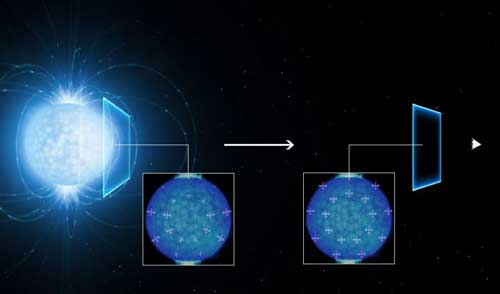 VLT observations of neutron star may confirm 80-year-old prediction about the vacuum.
VLT observations of neutron star may confirm 80-year-old prediction about the vacuum.
Nov 30th, 2016
Read more
 Subscribe to our Space Exploration News feed
Subscribe to our Space Exploration News feed
 VLT observations of neutron star may confirm 80-year-old prediction about the vacuum.
VLT observations of neutron star may confirm 80-year-old prediction about the vacuum.
Nov 30th, 2016
Read more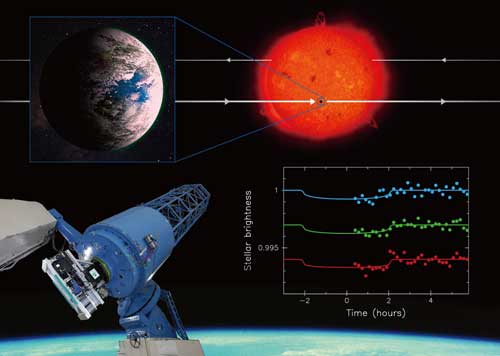 Astronomers have observed the transit of a potentially Earth-like extrasolar planet known as K2-3d. While transits have previously been observed for thousands of other extrasolar planets, K2-3d is important because there is a possibility that it might harbor extraterrestrial life.
Astronomers have observed the transit of a potentially Earth-like extrasolar planet known as K2-3d. While transits have previously been observed for thousands of other extrasolar planets, K2-3d is important because there is a possibility that it might harbor extraterrestrial life.
Nov 28th, 2016
Read more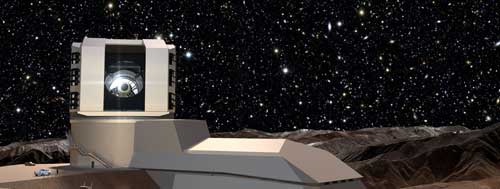 Scientists working on a revolutionary telescope project have harnessed the power of distributed computing from the UK's GridPP collaboration to tackle one of the Universe's biggest mysteries - the nature of dark matter and dark energy.
Scientists working on a revolutionary telescope project have harnessed the power of distributed computing from the UK's GridPP collaboration to tackle one of the Universe's biggest mysteries - the nature of dark matter and dark energy.
Nov 24th, 2016
Read more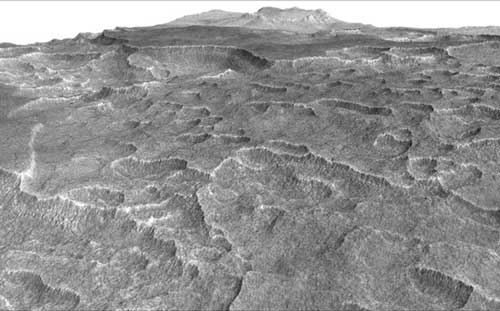 Frozen beneath a region of cracked and pitted plains on Mars lies about as much water as what's in Lake Superior, largest of the Great Lakes, a team of scientists has determined using data from NASA's Mars Reconnaissance Orbiter.
Frozen beneath a region of cracked and pitted plains on Mars lies about as much water as what's in Lake Superior, largest of the Great Lakes, a team of scientists has determined using data from NASA's Mars Reconnaissance Orbiter.
Nov 22nd, 2016
Read more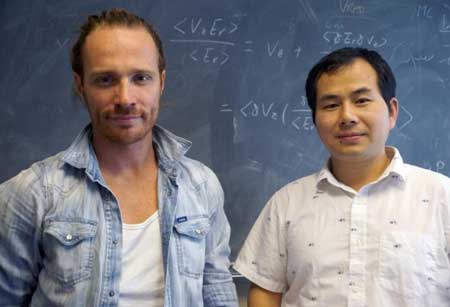 Astrophysicists will use a supercomputer to explore the driving forces behind mass loss in massive stars.
Astrophysicists will use a supercomputer to explore the driving forces behind mass loss in massive stars.
Nov 22nd, 2016
Read more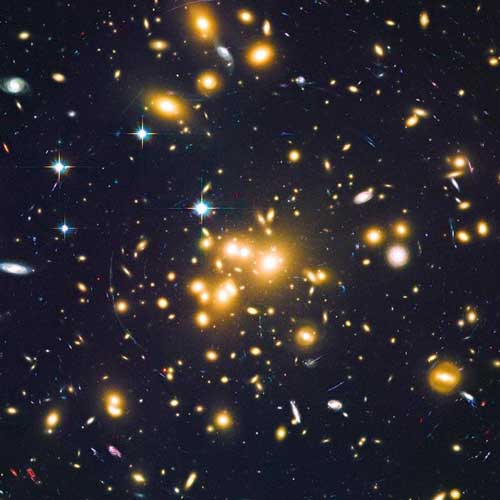 A team of astronomers has discovered a large number of dwarf galaxies in the early universe by using the gravitational lensing phenomenon, completing astronomers' census of star-forming galaxies in that epoch.
A team of astronomers has discovered a large number of dwarf galaxies in the early universe by using the gravitational lensing phenomenon, completing astronomers' census of star-forming galaxies in that epoch.
Nov 21st, 2016
Read more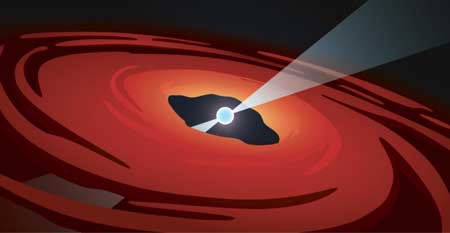 Astrophysicists catch a glimpse of rapidly spinning neutron stars that 'black out'.
Astrophysicists catch a glimpse of rapidly spinning neutron stars that 'black out'.
Nov 18th, 2016
Read more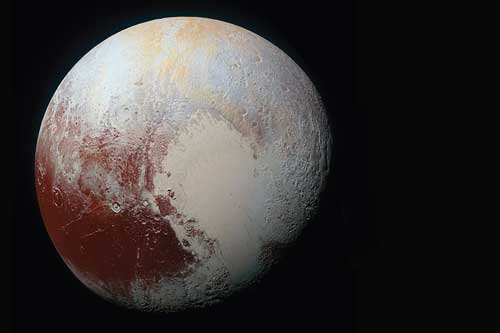 Data from New Horizons mission suggest a water-ice ocean lies beneath Pluto's heart-shaped basin.
Data from New Horizons mission suggest a water-ice ocean lies beneath Pluto's heart-shaped basin.
Nov 17th, 2016
Read more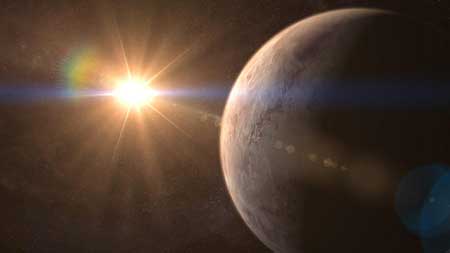 Its short orbital period could help with future studies of biological activity.
Its short orbital period could help with future studies of biological activity.
Nov 16th, 2016
Read more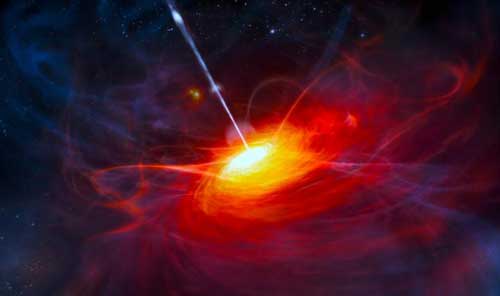 Astronomers have linked extremely reddened quasars to strong galactic outflowing winds that inhibit star formation in the early universe.
Astronomers have linked extremely reddened quasars to strong galactic outflowing winds that inhibit star formation in the early universe.
Nov 15th, 2016
Read more A team of researchers has presented a new model for the origin of Saturn's rings based on results of computer simulations. The results of the simulations are also applicable to rings of other giant planets and explain the compositional differences between the rings of Saturn and Uranus.
A team of researchers has presented a new model for the origin of Saturn's rings based on results of computer simulations. The results of the simulations are also applicable to rings of other giant planets and explain the compositional differences between the rings of Saturn and Uranus.
Nov 15th, 2016
Read more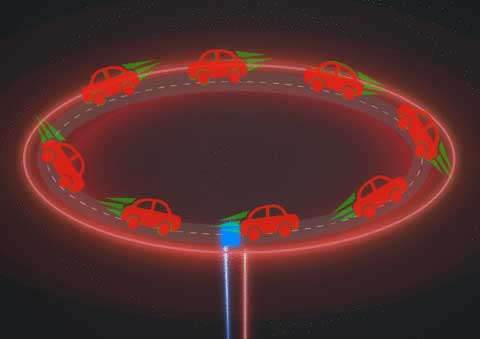 A new theoretical paper suggests that intentionally creating a 'traffic jam' out of a ring of several thousand ultracold atoms could enable precise measurements of motion. If implemented with the right experimental setup, the atoms could provide a measurement of gravity, possibly even at distances as short as 10 micrometers.
A new theoretical paper suggests that intentionally creating a 'traffic jam' out of a ring of several thousand ultracold atoms could enable precise measurements of motion. If implemented with the right experimental setup, the atoms could provide a measurement of gravity, possibly even at distances as short as 10 micrometers.
Nov 14th, 2016
Read more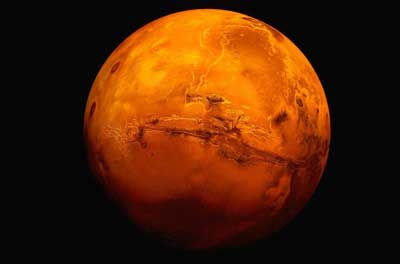 The lack of liquid water on the surface of Mars today has been demonstrated by new evidence in the form of meteorites on the Red Planet examined by an international team of planetary scientists.
The lack of liquid water on the surface of Mars today has been demonstrated by new evidence in the form of meteorites on the Red Planet examined by an international team of planetary scientists.
Nov 11th, 2016
Read more NASA, Space.com, Sky and Telescope magazine, observatories everywhere - just about any entity with a stake in the night sky - have been busy telling us how great the full moon will be Nov. 14 because the satellite will be closer to Earth than it's been for almost 70 years. But to the casual observer, the moon will look little different from any other full moon.
NASA, Space.com, Sky and Telescope magazine, observatories everywhere - just about any entity with a stake in the night sky - have been busy telling us how great the full moon will be Nov. 14 because the satellite will be closer to Earth than it's been for almost 70 years. But to the casual observer, the moon will look little different from any other full moon.
Nov 10th, 2016
Read more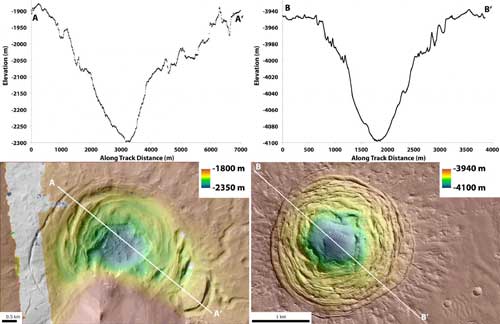 A strangely shaped depression on Mars could be a new place to look for signs of life on the Red Planet, according to a new study. The depression was probably formed by a volcano beneath a glacier and could have been a warm, chemical-rich environment well suited for microbial life.
A strangely shaped depression on Mars could be a new place to look for signs of life on the Red Planet, according to a new study. The depression was probably formed by a volcano beneath a glacier and could have been a warm, chemical-rich environment well suited for microbial life.
Nov 10th, 2016
Read more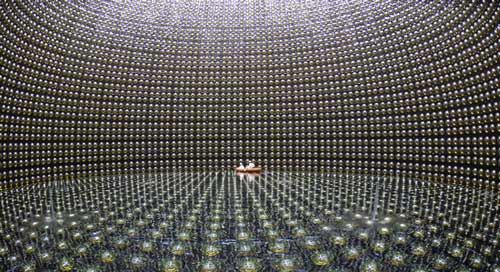 At the Super-Kamiokande detector in Japan, a new computer system has been installed in order to monitor in real time and inform the scientific community of the arrival of these mysterious particles, which can offer crucial information on the collapse of stars and the formation of black holes.
At the Super-Kamiokande detector in Japan, a new computer system has been installed in order to monitor in real time and inform the scientific community of the arrival of these mysterious particles, which can offer crucial information on the collapse of stars and the formation of black holes.
Nov 10th, 2016
Read more ESO's SPHERE instrument reveals protoplanetary discs being shaped by newborn planets.
ESO's SPHERE instrument reveals protoplanetary discs being shaped by newborn planets.
Nov 9th, 2016
Read more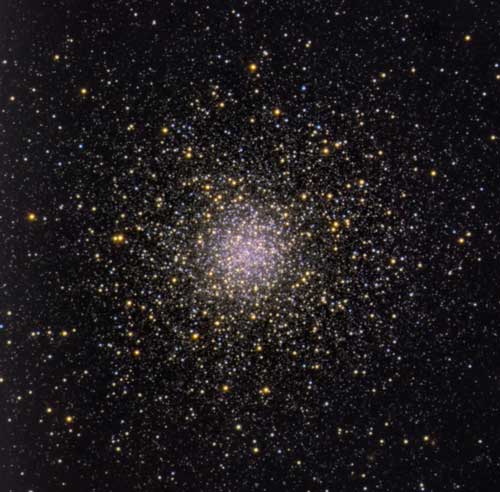 A study shows that the most massive stars in the last stages of their lives are those which contaminate the interstellar medium with new chemical elements, giving rise to successive generations of stars in these 'astronomical fossils'.
A study shows that the most massive stars in the last stages of their lives are those which contaminate the interstellar medium with new chemical elements, giving rise to successive generations of stars in these 'astronomical fossils'.
Nov 8th, 2016
Read more